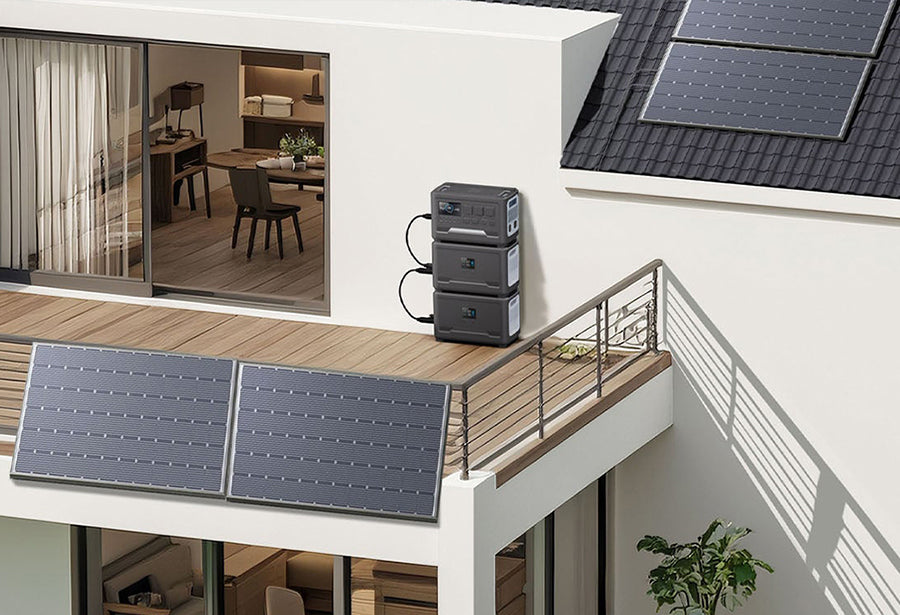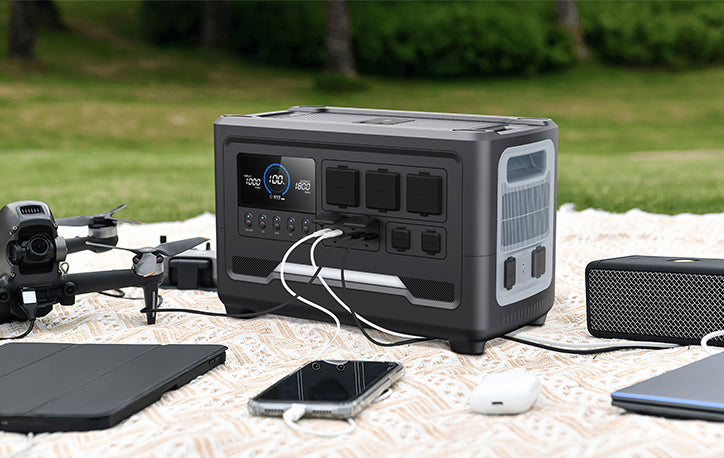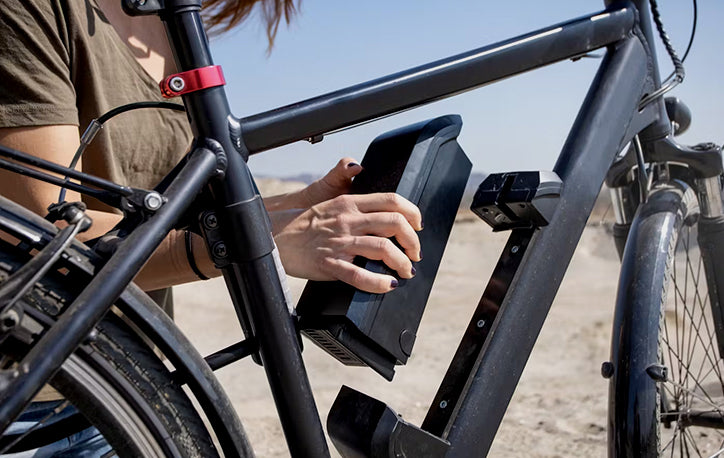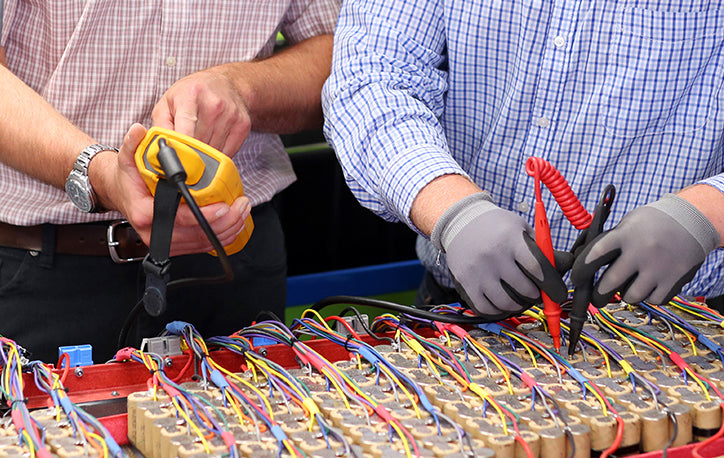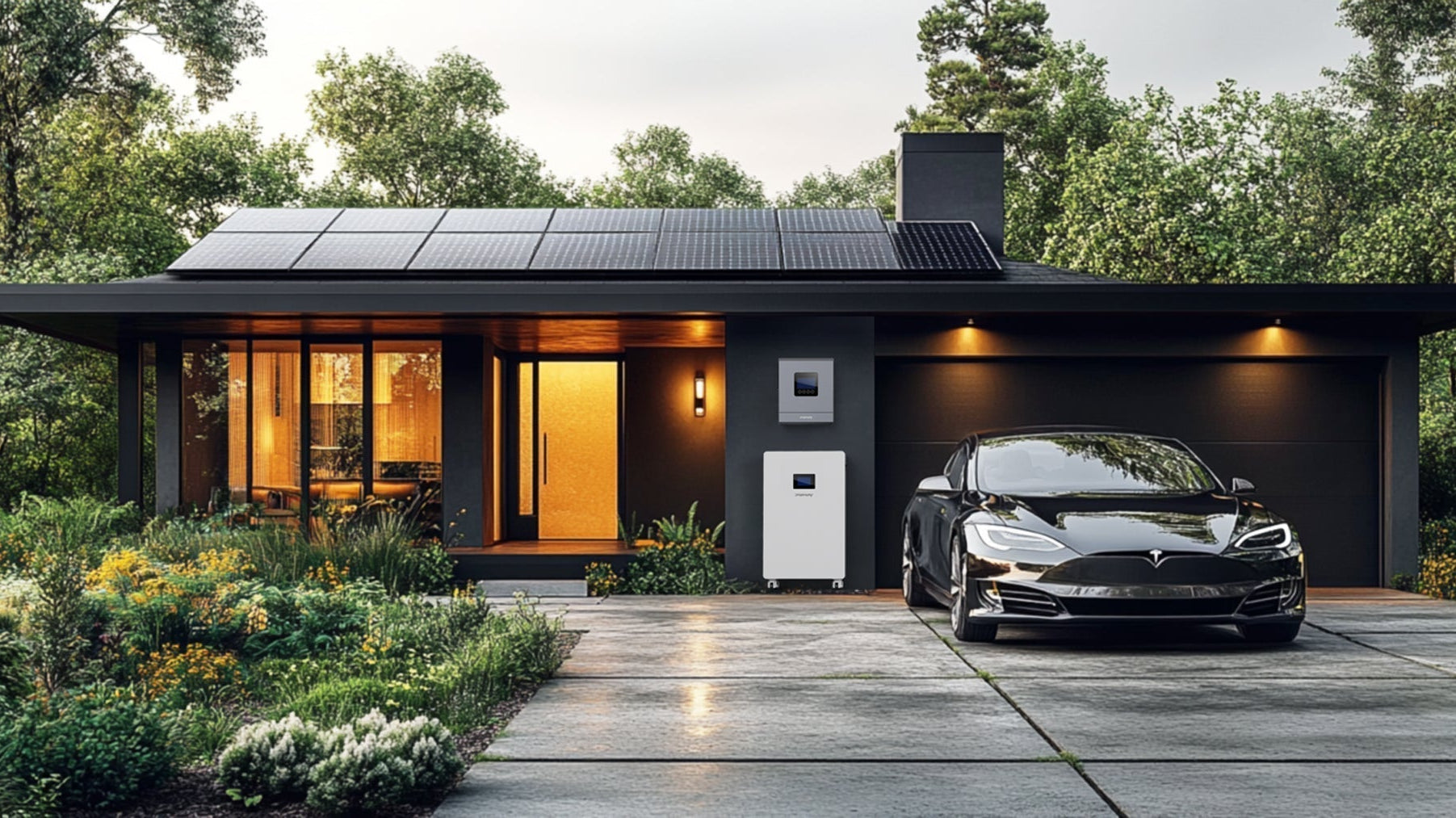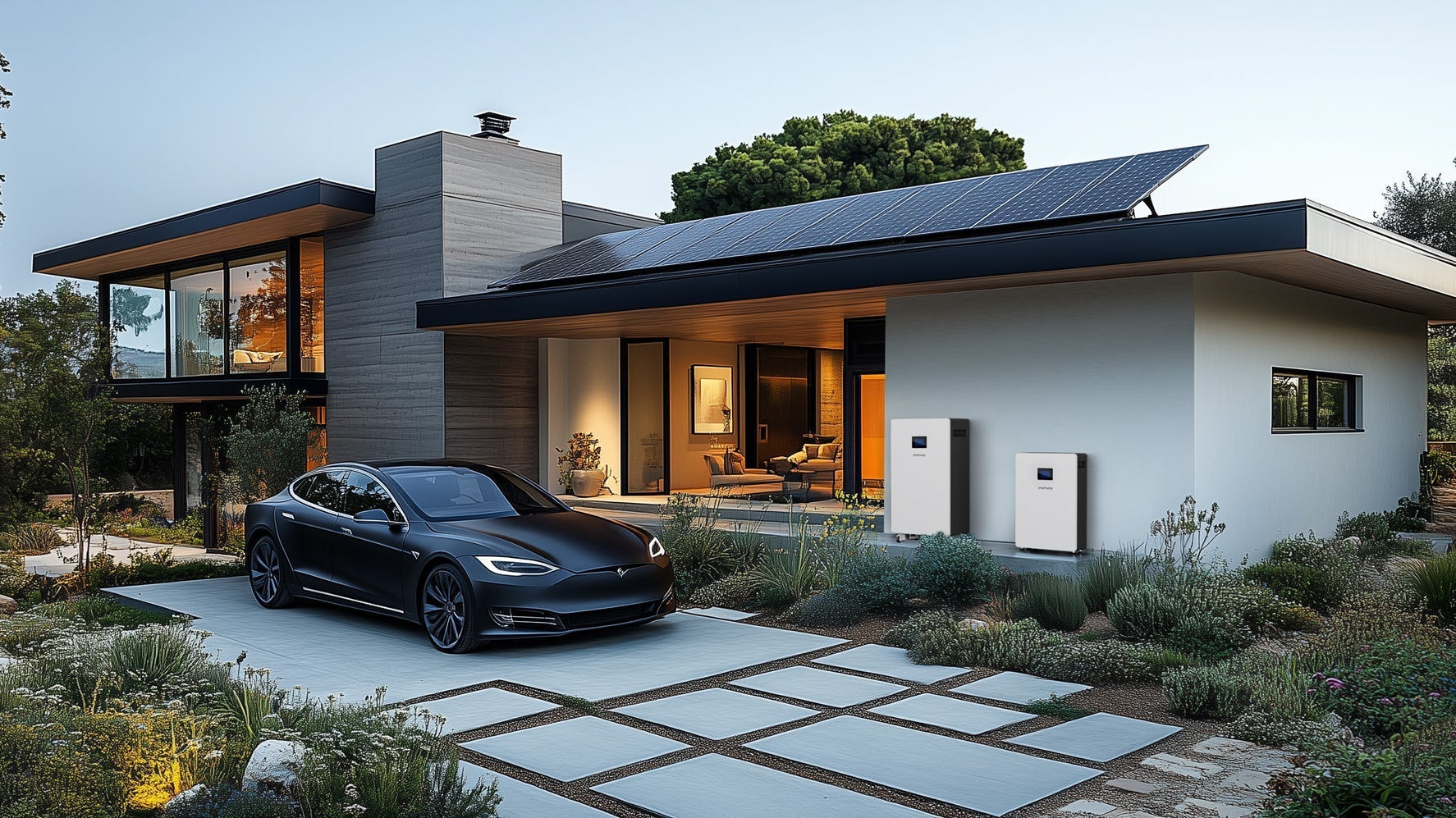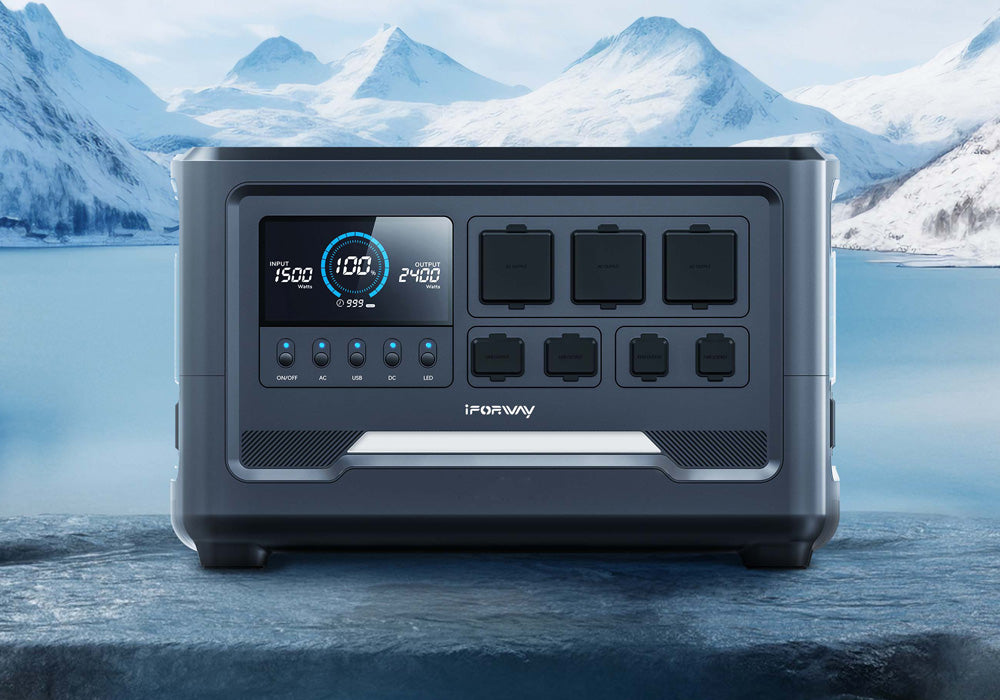
As the world transitions to cleaner renewable energy solutions, battery energy storage systems (BESS) are becoming an essential part of the energy landscape. Energy storage systems allow us to store excess electricity for later use, stabilizing the grid and increasing the efficiency of renewable energy sources like solar and wind. Whether you are a homeowner looking to install solar panels, a business seeking to lower energy costs, or a utility-scale provider, understanding the different types of energy storage systems and how they work is crucial.
This article will analyze the types of energy storage systems (BESS), compare key technologies, and provide practical advice on how to choose the right system for your needs.
What is a Battery Energy Storage System (BESS)?
A battery energy storage system (BESS) is a device that stores energy in chemical form and releases it when needed. These systems can smooth out fluctuations in renewable energy generation, reduce reliance on the grid, and enhance energy security. Battery energy storage systems range in size from small residential systems to large utility-scale storage projects.
When choosing a type of energy storage system, it’s essential to consider factors such as energy capacity, cycle life, cost, and environmental impact. With advancements in technology, the range of available energy storage systems is continuously expanding to meet specific energy needs more efficiently.
Battery Types for Energy Storage
The type of energy storage system (BESS) mainly depends on the chemical composition of the battery used. Below, we discuss the most common and emerging battery chemistries used in energy storage systems:
Lithium-Ion Batteries (Li-Ion)
Lithium-ion batteries are the most widely used type of energy storage system (BESS), especially in residential applications like the Tesla Powerwall. They offer high energy density, long lifespans (up to 20 years), and fast charging/discharging capabilities.
Pros:
-
High energy density: Compared to lead-acid batteries, lithium batteries can store more energy in the same volume and weight, providing longer usage times.
-
Long lifespan: Lithium-ion batteries typically last over 5,000 charge cycles, while lead-acid batteries last only 500 to 1,000 cycles. This longer lifespan results in lower replacement costs over time.
-
Fast charging and high efficiency: Lithium batteries have faster charge times and higher efficiency, reducing energy waste.
-
Low maintenance: No need for regular watering, and they aren’t as susceptible to "memory effect."
Cons:
-
High initial cost: Although the price of lithium batteries has been decreasing, the upfront investment remains higher.
-
Temperature sensitivity: Lithium batteries perform poorly in extreme temperatures, especially at high temperatures, which can affect their performance.
Subtypes:
-
Lithium Iron Phosphate (LFP): Known for its safety and longer lifespan but has slightly lower energy density.
-
Lithium Nickel Manganese Cobalt (NMC): Offers higher energy density and better efficiency, but typically at a higher cost.
These subtypes allow users to select the best battery based on their needs, whether for enhanced safety, longer lifespan, or higher energy output.
Lead-Acid Batteries (PbA)
Lead-acid batteries are one of the oldest rechargeable battery types and are still widely used in off-grid power systems and backup power supplies (UPS). They are cheaper than lithium-ion batteries but have shorter lifespans and lower energy densities.
Pros:
-
Low cost: Lead-acid batteries are much more affordable upfront compared to lithium batteries, making them a good choice for budget-conscious users.
-
Widely used: Lead-acid battery technology is well-established and is commonly used in backup power, automobiles, and small-scale energy storage applications.
Cons:
-
Low energy density: Compared to lithium batteries, lead-acid batteries have lower energy density and require more space to store the same amount of energy.
-
Shorter lifespan: Lead-acid batteries have a lifespan of only 500 to 1,000 charge cycles, whereas lithium batteries last significantly longer.
-
Higher maintenance: Lead-acid batteries require regular checks and watering, and may leak liquid during use.
Use case: Lead-acid batteries are still suitable for short-term storage needs, low-budget users, and some backup power systems. However, for large-scale storage or applications requiring high efficiency, lead-acid batteries may no longer be the best option.
Flow Batteries
Flow batteries use liquid electrolytes to store energy, offering high scalability and long-term storage capabilities. Vanadium Redox Flow Batteries (VRFB) are one of the most popular battery types in large-scale grid storage applications.
Pros:
-
Long lifespan (up to 25 years): Flow batteries maintain high efficiency over long periods.
-
Highly scalable: The capacity of a flow battery can be increased by adding more electrolyte, making it suitable for large-scale applications.
-
Safer: The electrolyte used is non-flammable, reducing the risk of fire.
Cons:
-
Lower energy density: Flow batteries have lower energy density than lithium-ion batteries and tend to be bulkier, making them more suitable for large-scale storage applications.
-
High initial cost: Flow batteries come with higher initial investment costs.
Other Battery Types
-
Sodium-Ion Batteries: As sodium is more abundant and less expensive, sodium-ion batteries are emerging as a potential alternative to lithium-ion batteries, especially in high-temperature environments.
-
Solid-State Batteries: Solid-state batteries, which use solid materials instead of liquid electrolytes, offer higher energy densities and enhanced safety. While still in the development stage, they represent the future of battery technology.
-
Zinc-Air Batteries: Zinc-air batteries are gaining attention for their high energy density and environmental friendliness, making them suitable for backup power systems and small-scale energy storage applications.
-
Nickel-Cadmium Batteries: Nickel-cadmium batteries perform well in extreme temperatures, have long lifespans, and are primarily used in backup power and remote off-grid locations.
Factors to Consider When Choosing an Energy Storage System (BESS)
Selecting the right energy storage system involves balancing several factors. Here’s what you should consider:
-
Energy needs and capacity: Determine the storage capacity (kWh) and output power (kW) needed for your application.
-
Cycle life: Choose a battery with a long cycle life to reduce replacement frequency and lower long-term costs.
-
Cost and budget: Lead-acid batteries may be a more economical option for users on a tight budget, but lithium-ion batteries offer better cost-effectiveness over the long term.
-
Environmental impact: Consider the environmental footprint of the battery technology, especially the recycling challenges of lithium-ion batteries.
Conclusion
Energy storage systems (BESS) are crucial for improving energy efficiency, enhancing renewable energy integration, and building a more sustainable energy future. By understanding the different types of batteries and their benefits, you can make an informed decision based on your specific energy needs. For those requiring high performance and long lifespans, lithium batteries are the preferred choice, while lead-acid batteries remain a reliable option for more budget-conscious users.
As technology continues to evolve, emerging solutions like solid-state batteries and sodium-ion batteries are pushing the boundaries of energy storage. Whether for residential, business, or large-scale grid applications, selecting the right energy storage system (BESS) will provide robust support in transitioning to a cleaner, smarter energy future.
Recent Posts
Blog Tags
Types of Batteries for Energy Storage Systems (BESS)
A New Era of Energy: 7 Storage Solutions Shaping the Future
The future of energy storage is all about coordination, flexibility, and resilience. It’s not just about storing power—it’s about reimagining how energy flows in a renewable-powered world.
Portable Power Stations: The Future of Outdoor and Home Power
Ultimately, when choosing a portable power station, it’s essential to consider not only its capacity and features but also the brand’s reliability and after-sales support. With its high-quality battery technology and versatile designs, iFORWAY has become a preferred brand for many users.

